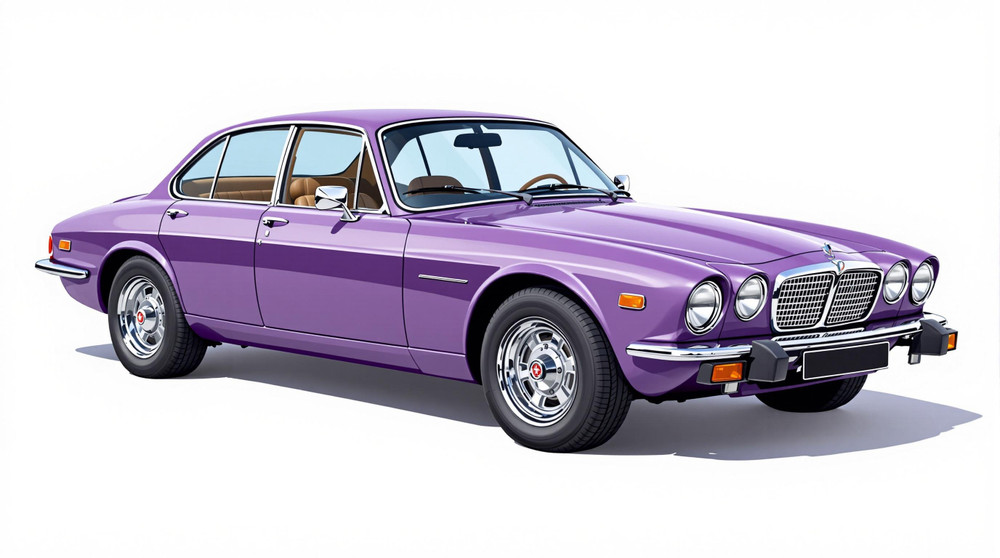Image of 1974 Jaguar Xj6, Note: These illustrations use artistic license and may differ from actual historical models.
Performance Metrics
Fundamental Metrics
Emotional Appeal
MMP Rating
| Engine Specifications | |
|---|---|
| Engine: | 4.2L XK I6 |
| Displacement: | 4.2L (4235 cc) |
| Horsepower: | 170-180 hp |
| Torque: | 231 lb-ft |
| Compression Ratio: | 8.0:1 |
| Ignition System: | Electronic ignition |
| Cooling System: | Liquid-cooled |
| Performance Specifications | |
| 0-60 Time: | 8.8 seconds |
| 1/4 Mile Time: | 16.5 seconds |
| Top Speed: | 124 mph |
| Transmission and Drive | |
| Drive Type: | Rear-wheel drive |
| Transmission Type: | 4-speed manual, 3-speed automatic |
| Fuel and Efficiency | |
| Fuel System Type: | Twin SU carburetors |
| MPG: | 15-18 mpg |
| Dimensions and Brakes | |
| Brakes: | Front and rear disc brakes |
| Wheelbase: | 112.8 inches |
| Weight: | 3,900 lbs |
Note: Specifications for classic cars are given to the best of our ability, considering the limited and variant data available.
1974 Jaguar XJ6: A Quintessential British Luxury Saloon
The 1974 Jaguar XJ6 stands as a testament to the elegance and sophistication of British automotive engineering. As the brainchild of Sir William Lyons, the founder of Jaguar, this model was part of the Series II update to the original XJ line, which debuted in 1968. The XJ6 was not just a car; it was a statement of luxury, comfort, and performance that reflected the high standards of its manufacturer. One unique fact that car enthusiasts might find intriguing is that despite its luxury status, the XJ6's design was so well-received that it remained largely unchanged for over a decade.
Design and Innovation
The exterior of the 1974 Jaguar XJ6 is characterized by its elongated body, chrome bumpers, and the iconic leaping Jaguar hood ornament. Its low-slung profile and graceful lines exude a timeless beauty that still turns heads today. Inside, occupants were greeted with sumptuous leather seats and rich wood veneers—a hallmark of Jaguar interiors. The quality of materials used in the cabin ensured that every journey was an indulgent experience. Technologically, the XJ6 featured innovations such as independent rear suspension and power-assisted steering, which were advanced for its time. Color options ranged from British Racing Green to Signal Red, with deep blues and silvers also being popular choices among discerning buyers. The most iconic body style was undoubtedly the four-door saloon, which perfectly balanced sportiness with practicality.
Historical Significance
The 1974 Jaguar XJ6 made an indelible mark on automotive design by blending performance with luxury in a way few other cars had managed before. It set itself apart from contemporaries with its ride quality and interior opulence, influencing future generations of luxury sedans. Its lasting influence can be seen in how modern luxury cars are still judged by the standards it set.
Performance and Handling
Underneath its bonnet lay a robust 4.2-liter inline-six engine capable of propelling the XJ6 to respectable top speeds for its era. Acceleration from 0-60 mph was achieved in under 10 seconds—a notable feat for a vehicle of its size at that time. On the road, drivers praised the XJ6 for its ability to absorb bumps gracefully while maintaining composure on windy roads. The driving experience was characterized by a smooth engine purr, a comfortable ride, and responsive handling that made drivers feel connected to the road.
Ownership Experience
The 1974 Jaguar XJ6 found its place as both a daily driver for well-to-do professionals and a show car for collectors. While maintenance could be more demanding than less sophisticated models—owing to its complex engineering—the car's reliability was solid when properly cared for. Ease of repair varied; some tasks could be tackled by average owners while others required specialist attention.
Fun Facts
A lesser-known trivia about the XJ6 is that certain special editions were produced, including long-wheelbase versions and even armored variants for VIPs. Although not known for setting speed records, it did set benchmarks in luxury sedan comfort levels. Celebrity ownerships added to its allure with figures like Frank Sinatra reportedly owning one. Common criticisms included fuel consumption and electrical gremlins—typical issues for cars of this period.
Collector's Information
Today, a well-maintained 1974 Jaguar XJ6 can fetch anywhere from $15,000 to $30,000 depending on condition and provenance. Production numbers were relatively high for a luxury car of this period; however, many have not survived due to rust or neglect making good examples increasingly rare. Price trends suggest that values are slowly appreciating as classic car enthusiasts seek out models in good condition.
Conclusion
The 1974 Jaguar XJ6 is more than just a vintage car; it's an embodiment of British luxury motoring at its finest. With its combination of style, comfort, and performance, it remains an attractive option for collectors and enthusiasts alike who appreciate its historical significance and enduring charm.
1974 Jaguar Xj6 Catalog of Parts
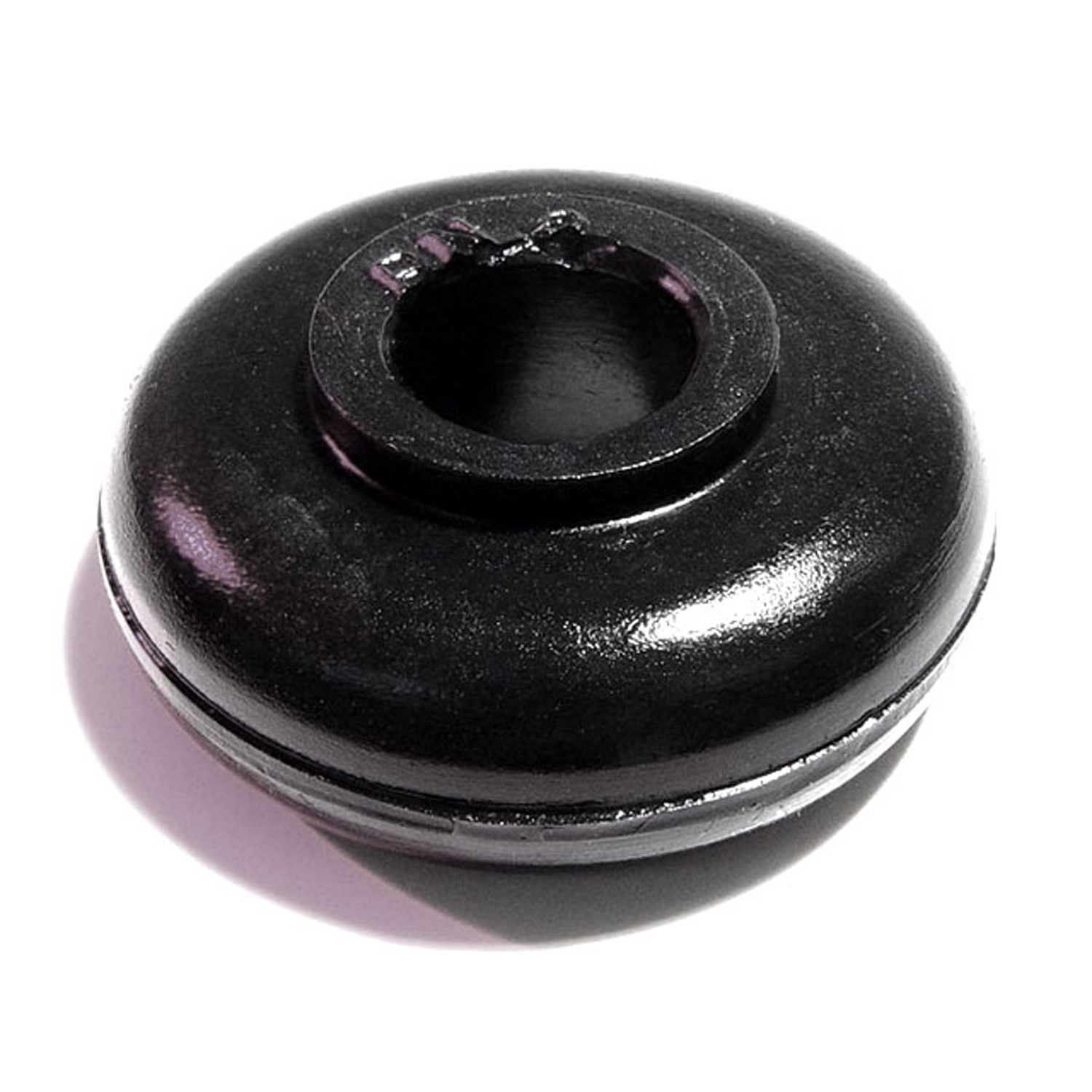 1974 Jaguar XJ6 Roll Bar Bushing. 1/2" high, with 1/2" hole. Each-BN 2Roll Bar Bushing. 1/2" high, with 1/2" hole. Each
1974 Jaguar XJ6 Roll Bar Bushing. 1/2" high, with 1/2" hole. Each-BN 2Roll Bar Bushing. 1/2" high, with 1/2" hole. Each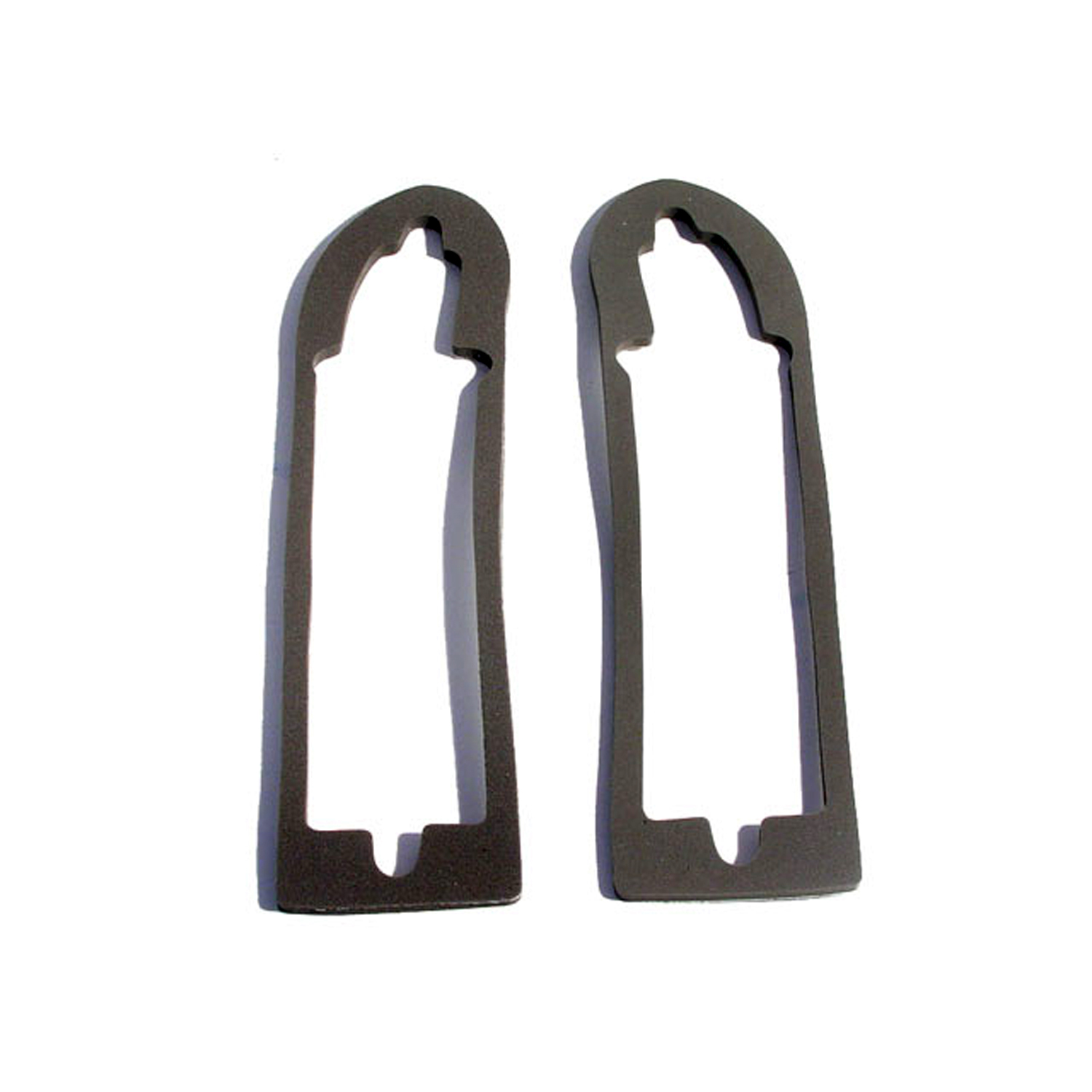 1974 Jaguar XJ6 Turn Signal Housing Lens Gaskets-LG 3000-150Turn Signal Housing Lens Gaskets. Made of gray sponge with adhesive backing. Pair
1974 Jaguar XJ6 Turn Signal Housing Lens Gaskets-LG 3000-150Turn Signal Housing Lens Gaskets. Made of gray sponge with adhesive backing. Pair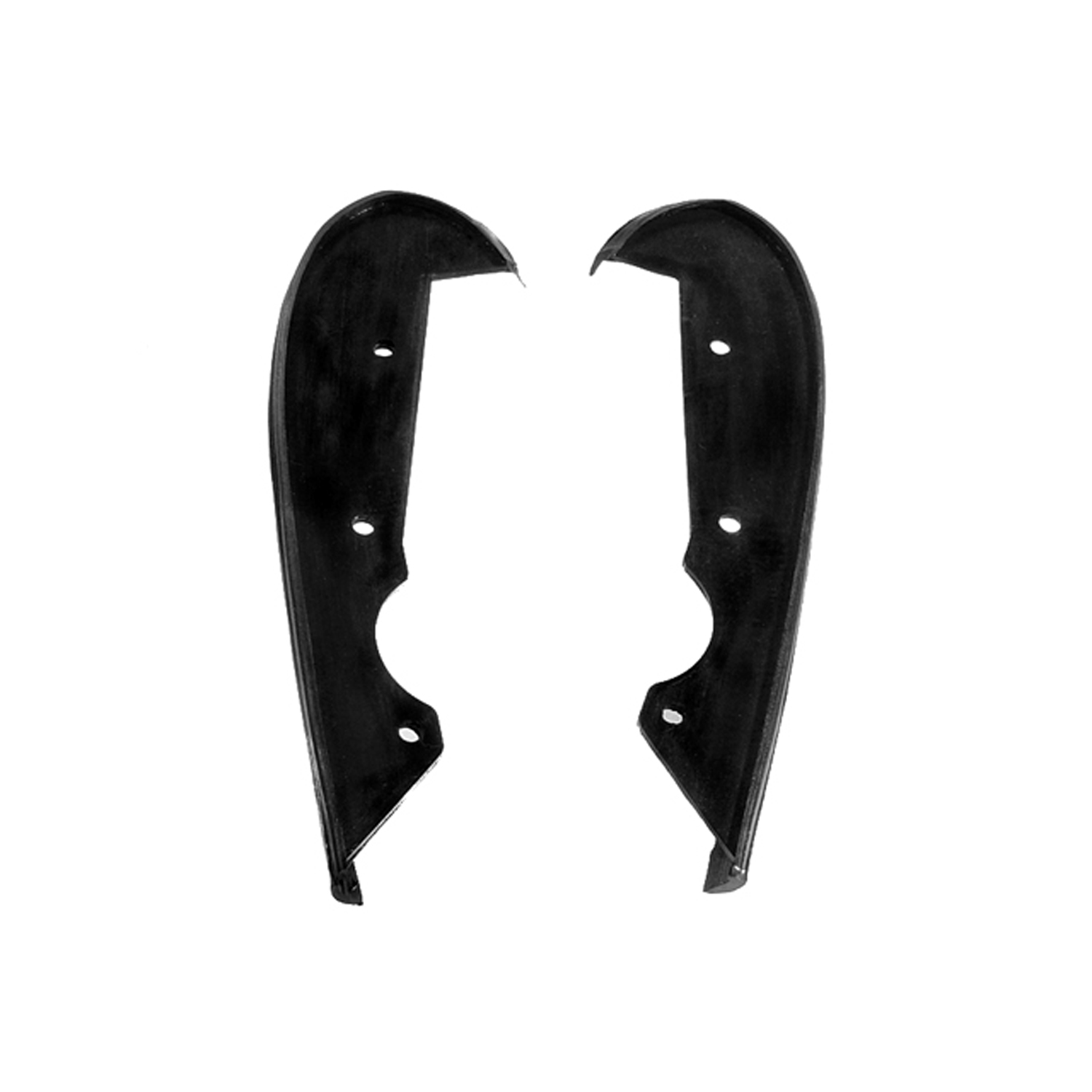 1974 Jaguar XJ6 Dash Board Mounting Pads, for 4-Door Sedans-MB 34Dash Board Mounting Pads, for 4-Door Sedans. For ends to "A" post. Replaces OEM #BD 33772-3. Pair R&L
1974 Jaguar XJ6 Dash Board Mounting Pads, for 4-Door Sedans-MB 34Dash Board Mounting Pads, for 4-Door Sedans. For ends to "A" post. Replaces OEM #BD 33772-3. Pair R&L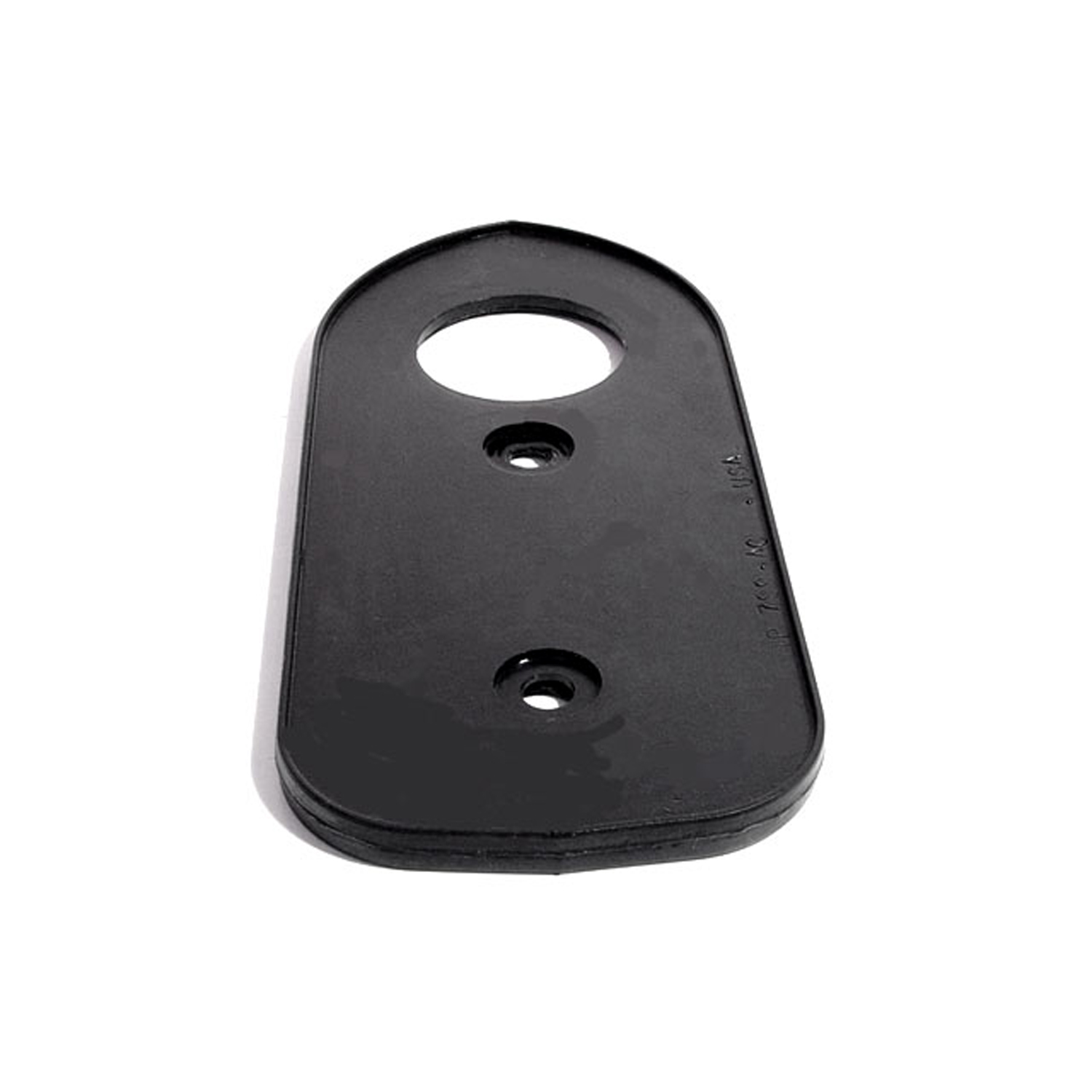 1974 Jaguar XJ6 Marker Light Mounting Pad. Double lip like original-MP 799-ACMarker Light Mounting Pad. Double lip like original. Detailed reproduction. 2-1/2" wide X 5-3/4" long. Each
1974 Jaguar XJ6 Marker Light Mounting Pad. Double lip like original-MP 799-ACMarker Light Mounting Pad. Double lip like original. Detailed reproduction. 2-1/2" wide X 5-3/4" long. Each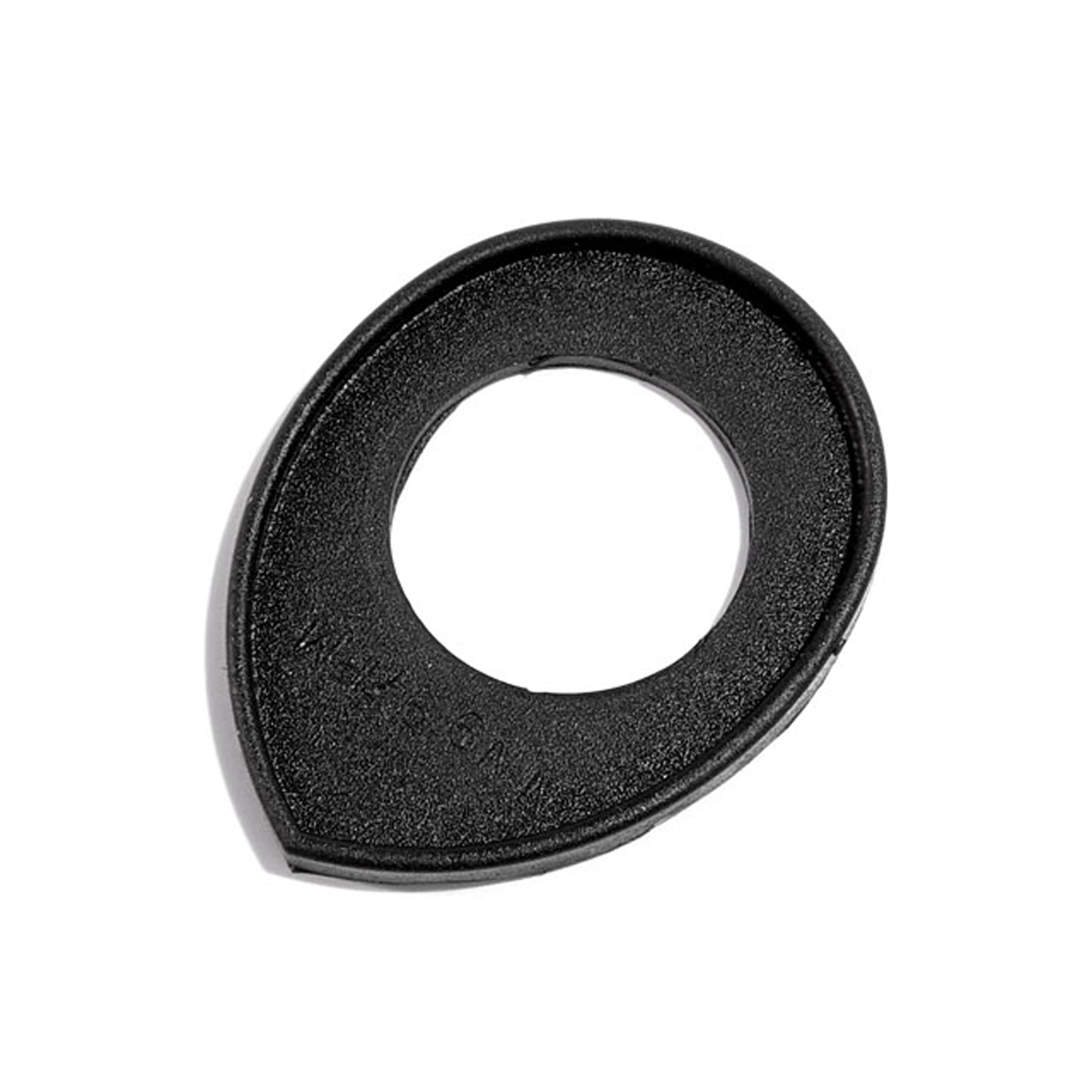 1974 Jaguar XJ6 ANTENA BASE PAD, JAGUAR XJ SERIES I & II ALSO E SERIES III-MP 799-NNANTENA BASE PAD, JAGUAR XJ SERIES I & II ALSO E SERIES III
1974 Jaguar XJ6 ANTENA BASE PAD, JAGUAR XJ SERIES I & II ALSO E SERIES III-MP 799-NNANTENA BASE PAD, JAGUAR XJ SERIES I & II ALSO E SERIES III 1974 Jaguar XJ6 Spark plug wire boot. Exclusive Metro part-RP 1-KSpark plug wire boot. Exclusive Metro part. Fits on the distributor cap end. Note: looks similar to coil boot, but is physically smaller. Replaces OEM# CO 2609. Each.
1974 Jaguar XJ6 Spark plug wire boot. Exclusive Metro part-RP 1-KSpark plug wire boot. Exclusive Metro part. Fits on the distributor cap end. Note: looks similar to coil boot, but is physically smaller. Replaces OEM# CO 2609. Each.Why Choose Metro?
For over 100 years, Metro Moulded Parts has been the pinnacle of quality in classic car restoration parts. Our commitment to precision and authenticity in every component ensures a perfect fit and an OEM-level appearance.
- Expert Craftsmanship & Quality: Each part is a testament to our dedication to reliability and perfection, crafted from original designs and thoroughly tested.
- Advanced Technology: We use cutting-edge techniques to create flawless, long-lasting parts that surpass others in performance.
- SuperSoft Sponge – The Ultimate Door Seal: Not only are our door seals 30% softer than competitors', but they're also guaranteed to never leak. They effectively reduce wind and road noise, enhancing your classic car's comfort and driving experience.
- Proudly American: Our parts are a product of American craftsmanship, made in the USA with a spirit of excellence and heritage.
- Unrivaled Warranty: We back our products with a 30-year industry-leading warranty, a testament to our confidence in their quality.
Join us in preserving the legacy of classic cars with parts that are crafted for perfection, not just made.

